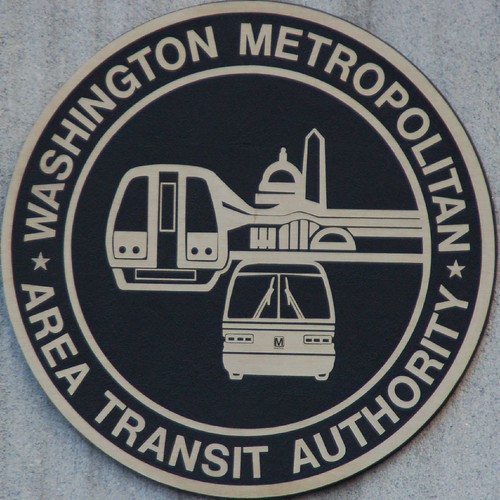RFP Alert: Release of Monterey Bay Area 511 Feasibility and ImplementationPlan Request for Proposals
The Santa Cruz County Regional Transportation Commission (RTC) and the Transportation Agency for Monterey County (TAMC) invites interested parties to submit a proposal for developing a Feasibility Analysis and Implementation Plan for a Monterey Bay Area 511 Traveler Information System. The Request for Proposals has been published and can be accessed at the Monterey Bay Area’s 511 project website.

General information is listed below for quick reference:
- Proposal Due Date: Proposals must be submitted no later than 4:00pm, PacificStandard Time, Thursday, January 6, 2011.
- Proposers’ Conference: A proposers’ conference will be held on Monday,December 6, 2010 at 2:00pm in the Santa Cruz Regional Transportation CommissionConference Room, 1523 Pacific Ave., Santa Cruz. Participation will also be available by conference call. To ensure that sufficient resources are available for this meeting, RSVPs to info@sccrtc.org or (831) 460-3200 are requested by Wednesday, December1st at Noon. Please indicate whether you plan to attend in person or by phone.
- Requests for clarification or exceptions: Requests for clarification or exceptions to RFP requirements must be received byRTC no later than 4:00pm on Monday, December 13, 2010 to guarantee response or consideration.
Addenda:
This RFP and any addenda will be posted on the 511 project website(www.511montereybay.org). All potential bidders should review this pageperiodically for any updated information about the Request for Proposals. To receive email notifications of addenda to this RFP, prospective proposers must submit an email request to the RTC Project Manager.
Point of Contact:
Tegan Speiser, Project ManagerSanta Cruz County Regional Transportation Commission1523 Pacific Ave., Santa Cruz, CA 95060831-460-3200 ~ tspeiser@sccrtc.org







